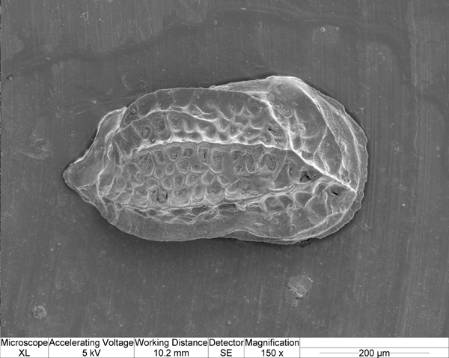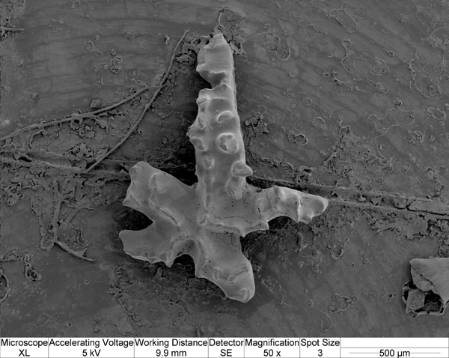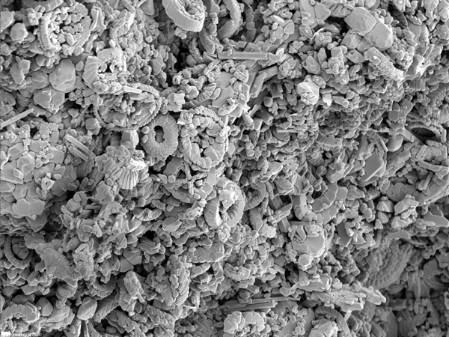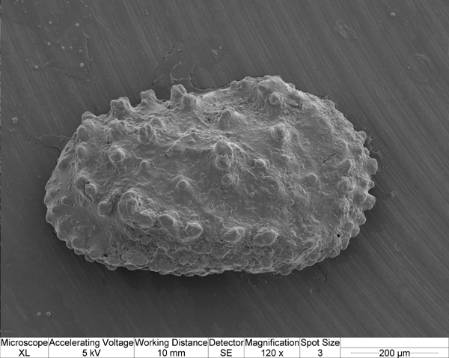Every quarter we are required to provide numbers of visitors, enquiries and loans to show how the collections are being used. These are passed to the Museum Trustees and subsequently the Department of Culture, Media and Sport (DCMS) as a performance indicator to help justify the expense of maintaining such an amazing collection.
At the Museum a new loan type - Surrogate Loan - has just appeared on the horizon to record when we send images of our specimens rather than loaning the specimens themselves. Usually I would sigh and say something under my breath about having too much administration. However, as someone who deals with a lot of images of my collection I'm really glad. Recording surrogate loans gives us and the managers who allocate Museum collections management resources a really useful indication of how much the microfossil collection is being used.
Below are a few images I have sent out recently as surrogate loans along with a few comments about them and how they are being used.
This is the ostracod Lophocythere caesa britannica from the Jurassic (about 160 million years ago) of the UK. The scanning electron microscope picture was taken by me for Prof. Robin Whatley, now retired from University College Aberystwyth, University of Wales. Prof. Whatley has donated a large number of specimens to the Museum during his career and is putting together an extensive publication describing some of them. Robin can't travel easily so his wife Caroline Maybury has been amazingly helpful in preparing the material in our collections for imaging and putting the specimens away afterwards. We would certainly not have sent that many specimens out on loan because they are too fragile and important reference specimens.
This is an image of the conodont Distomodus staurognathoides from the Silurian (about 425 million years ago) of Iran. It is part of donation by Dr Vachik Hairapetian who has provided us with some very interesting material in recent years. Some of it has been published or like this specimen, is in the process of being published. Conodonts from this area of the world are largely undescribed so it is important that this material is recorded as their occurrences can help with future geological interpretations of the region.
This an extreme close up of a piece of chalk from the Sevens Sisters in Kent taken by my former colleague Jeremy Young. It shows tiny rings of calcareous nannoplankton called coccoliths and was sent to artists Francisco Queimadela and Mariana Calo who visited in February. This followed an open day of the micropalaeontology collections associated with an exhibition at the Gasworks Gallery at the Oval, London. They are also doing an exhibition at the Gasworks Gallery.
This is another ostracod, this time from the Coralline Crag of Norfolk donated in 2011 by Dr Adrian Wood of Coventry University. I took scanning electron microscope images of all the specimens in his donation to help with his publications on ostracods from East Anglia. Adrian has been very helpful in preparing the specimens for accession to our collections by labelling slides and providing electronic data that can be easily incorporated into our database.
Throughout my career as a curator I have sent a lot of specimen images to enquirers so I'm very glad that this practise in now being recorded as a performance indicator. Hurrah for surrogate loans!






